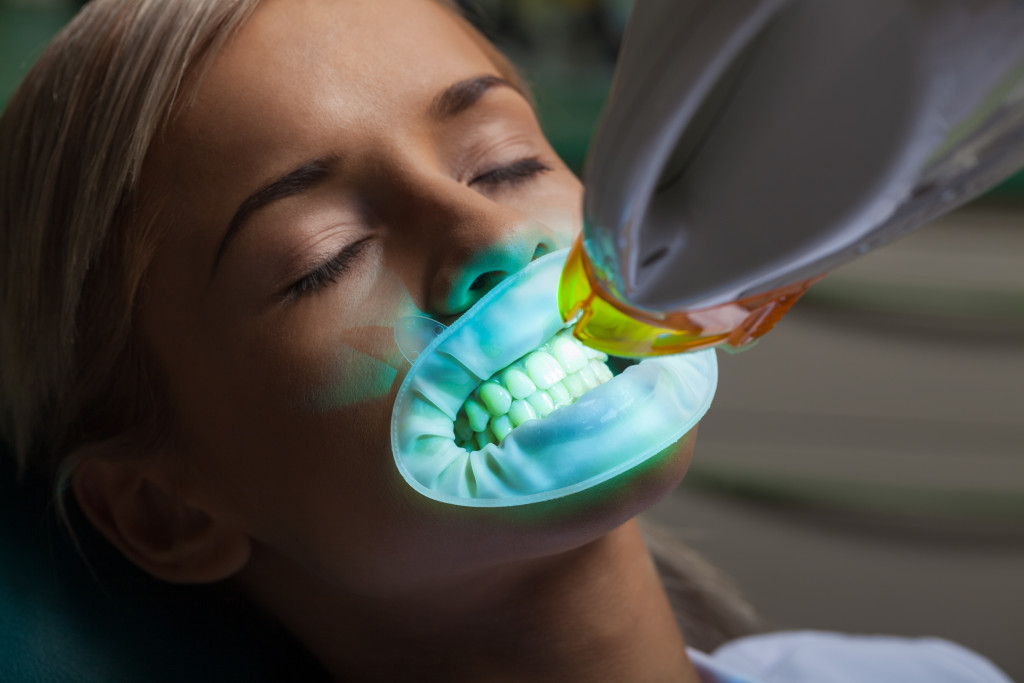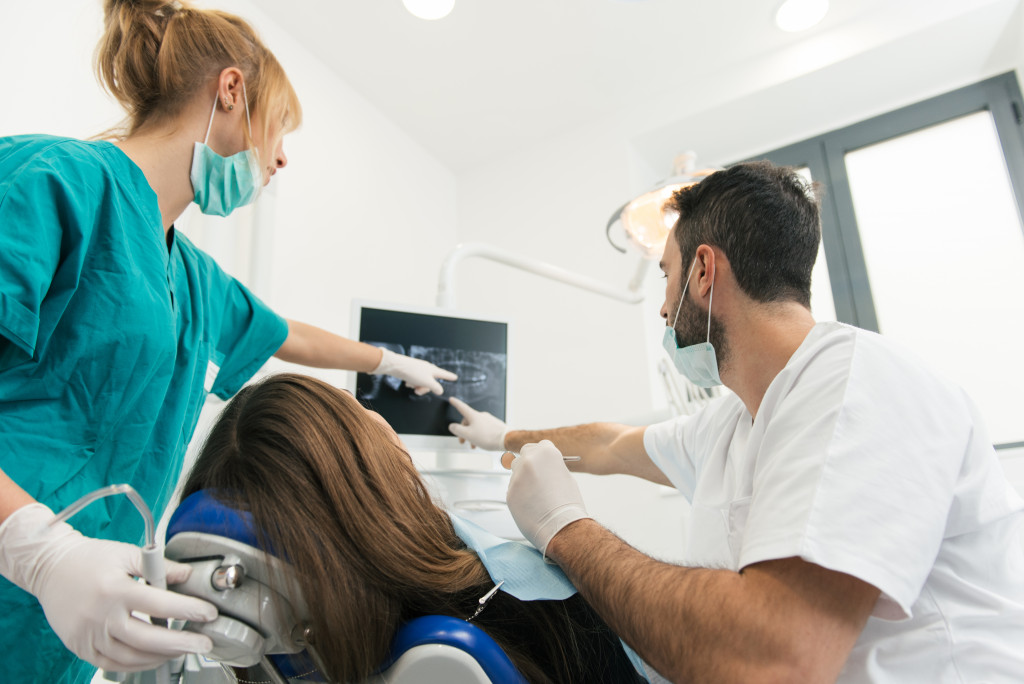Dentistry has come a long way in the past few years with the help of innovative technology. There are now numerous ways to improve dental care using technology, from new treatments and products to advances in dental imaging.
These advances have helped dentists to provide better care for their patients and to improve the overall quality of dental care. Here are six examples of how technology is changing dentistry for the better:
New treatments and products
Dental professionals have developed new treatments and products that can help improve teeth and gums’ health. For example, teeth whitening products have become more effective and safe, and there are now new products that can help protect teeth from damage.
In addition, there are new treatments that can help to improve the appearance of teeth. For example, veneers can cover up stained or discolored teeth, and bonding can be used to repair cracked or chipped teeth.
Dental implants
Restorative dental implants are an increasingly popular method to replace a missing tooth. Unlike dentures or bridges, which rest on top of the gums, implants are surgically placed in the jawbone. This provides a more secure and natural-looking connection for the artificial tooth. The success rate for dental implants is high, and the procedure can be used to replace one tooth or several teeth.
In addition, implants can be used to support dentures, making them more comfortable and stable. Dental implants are an excellent option for people who want to improve their smile and regain confidence. With advances in technology, dental implants are becoming more affordable and accessible. If you are considering dental implants, be sure to consult with a qualified dentist to see if they are right for you.
Dental imaging
In recent years, significant progress has been made in developing new dental imaging technologies. One of the most promising modalities is cone beam computed tomography (CBCT). CBCT uses a cone-shaped x-ray beam to create three-dimensional images of the teeth and surrounding structures. This imaging is beneficial for studying the jawbone, which is difficult to visualize with traditional x-rays. Additionally, CBCT images can be viewed from any angle, making them easier to interpret than two-dimensional x-rays. Another advantage of CBCT is that it produces lower levels of ionizing radiation than conventional x-rays, making it a safer option for patients.
CAD/CAM dentistry
Dentistry is constantly evolving as new technologies are developed. One of the latest advances is called CAD/CAM dentistry. This type of dentistry uses computer-aided design and computer-aided manufacturing to create custom dental prosthetics, such as crowns and veneers. The CAD/CAM process begins with a digital scan of the patient’s mouth, then is used to create a 3D model of the teeth. The model is then sent to a machine that makes the dental prosthetic from a block of ceramic material. The finished product is then fitted to the patient’s teeth and checked for accuracy. CAD/CAM dentistry offers many benefits over traditional dentistry, including greater accuracy, fewer appointments, and faster turnaround times. Thanks to these advances, more people than ever before can get the dental care they need.
Dental lasers

Dental lasers can be used for a variety of purposes, including teeth whitening, gum surgery, and cavity prevention. Lasers are also becoming increasingly popular for use in root canals. In a root canal procedure, the dentist uses a laser to remove the infected tissue from the inside of the tooth. This allows the tooth to heal more quickly and reduces the risk of further infection. The use of lasers in dentistry is still relatively new, but it is quickly becoming one of the most popular methods for providing quality dental care.
3D printing in dentistry
With the advent of 3D printing technology, dentistry has made great strides in providing patients with more accurate and efficient care. 3D printers can create dental implants, prosthetics, and crowns custom-fitting to each patient’s mouth, resulting in a more comfortable and natural-looking result.
In addition, 3D printing can be used to create dental models that can be used for planning complex procedures. This technology has also allowed dental laboratories to produce high-quality products in a shorter time frame, so patients can get the care they need faster. As 3D printing technology continues to evolve, it is likely that even more advances will be made in dentistry, making it easier and more convenient for patients to get the care they need.
The bottom line
Modern dentists are using a variety of innovative technologies to provide their patients with the best possible care. From restorative dental implants to 3D printing, these advances are making it easier for patients to get the treatment they need and improve their oral health. Thanks to these innovations, dentistry is constantly evolving to meet the needs of its patients.

